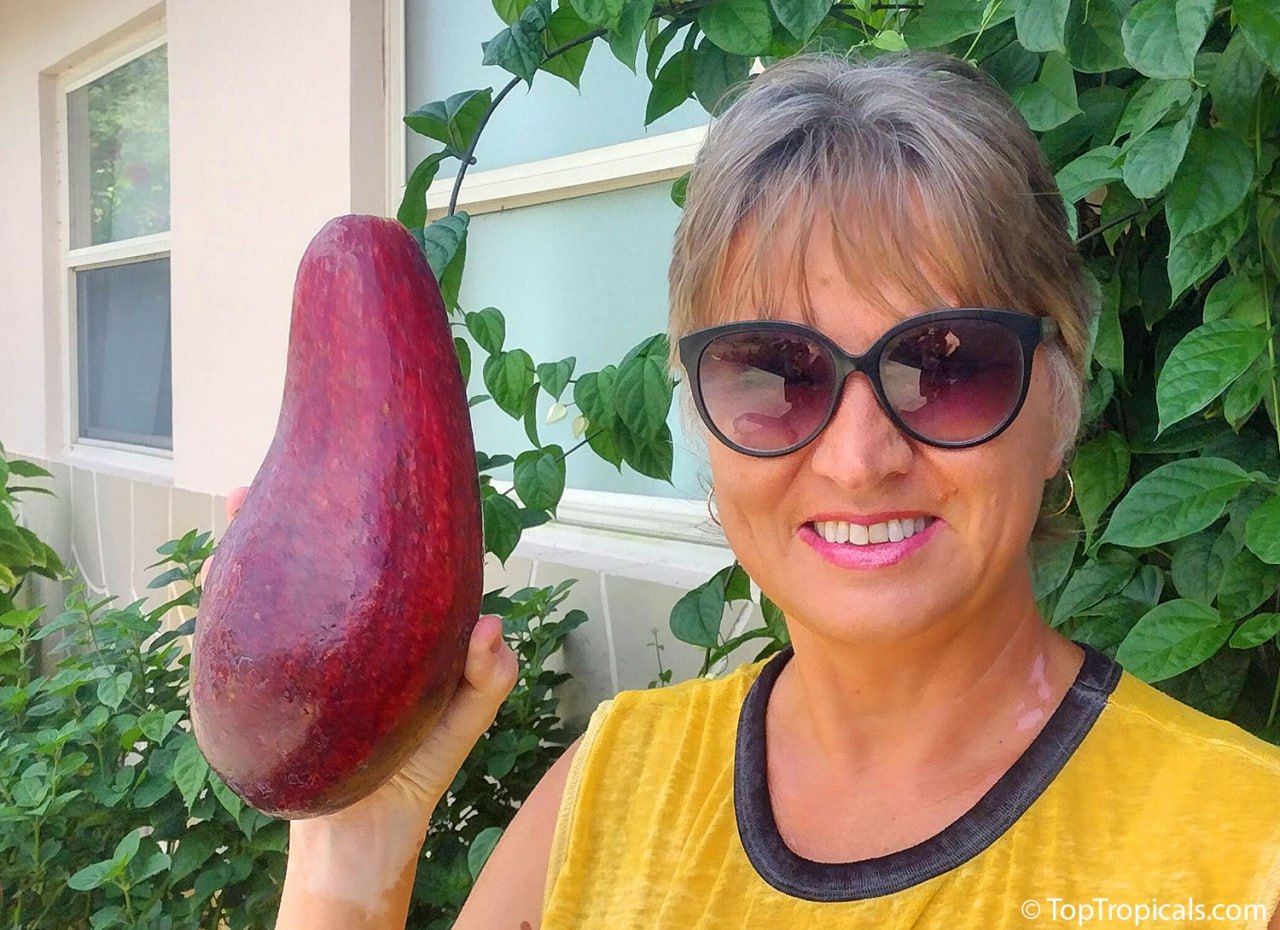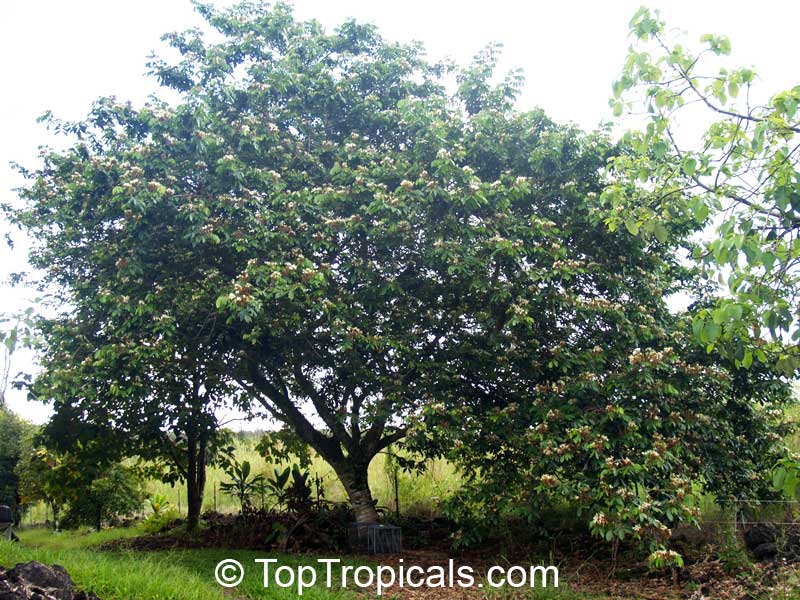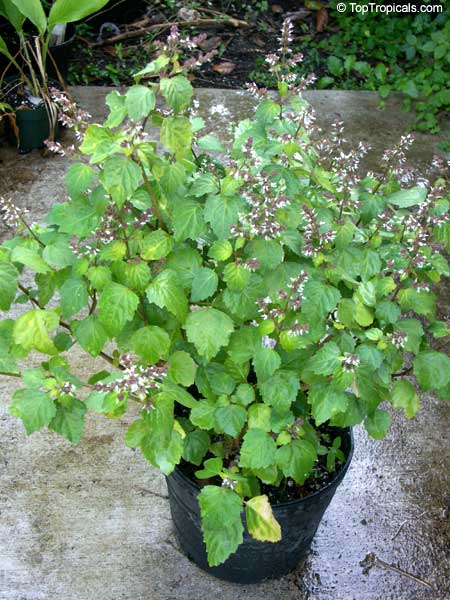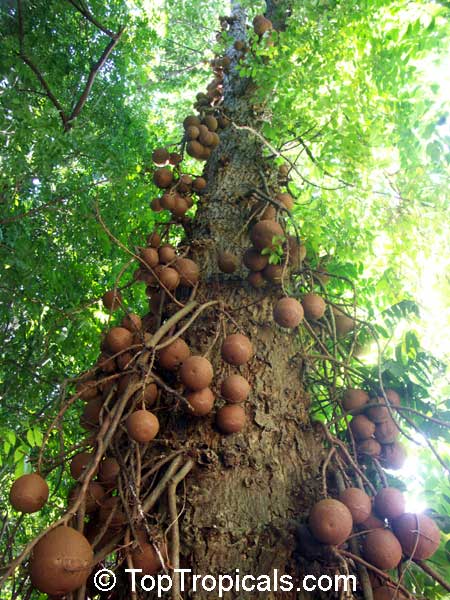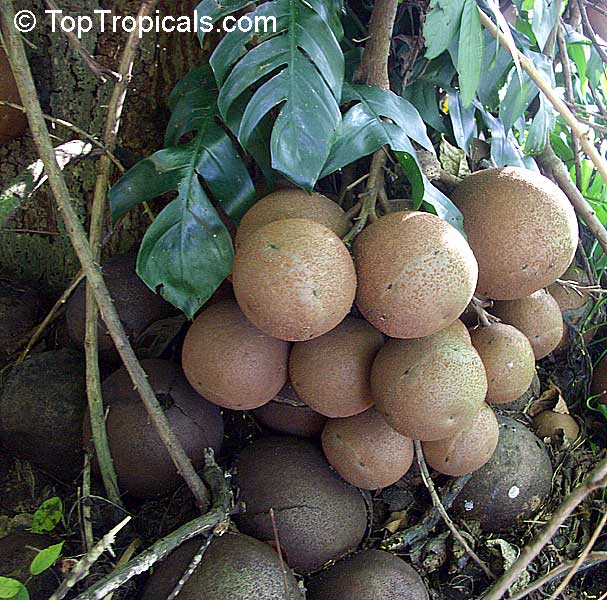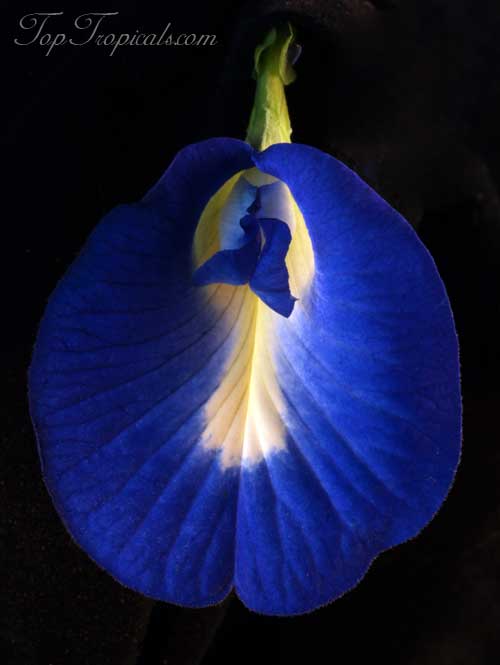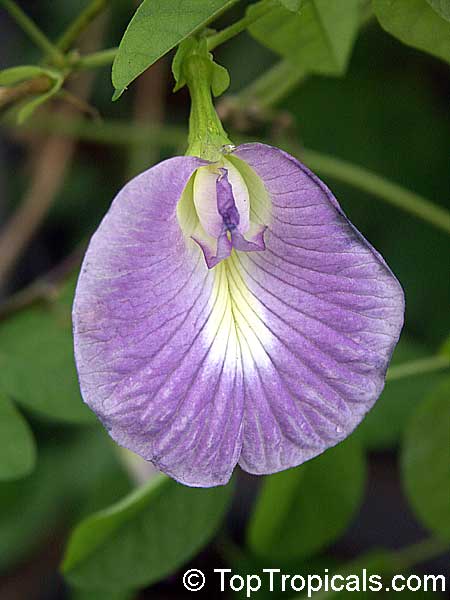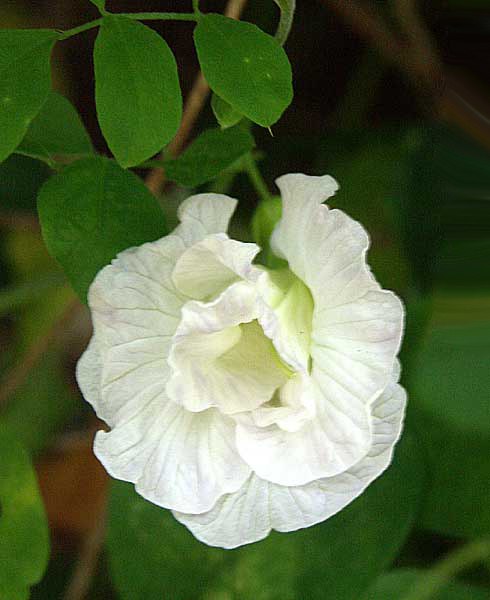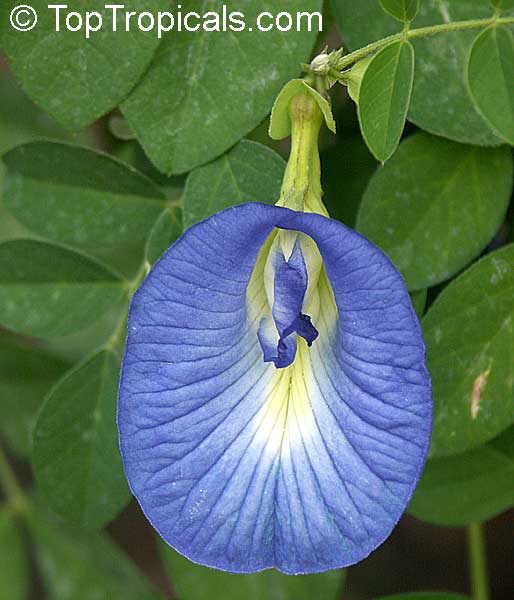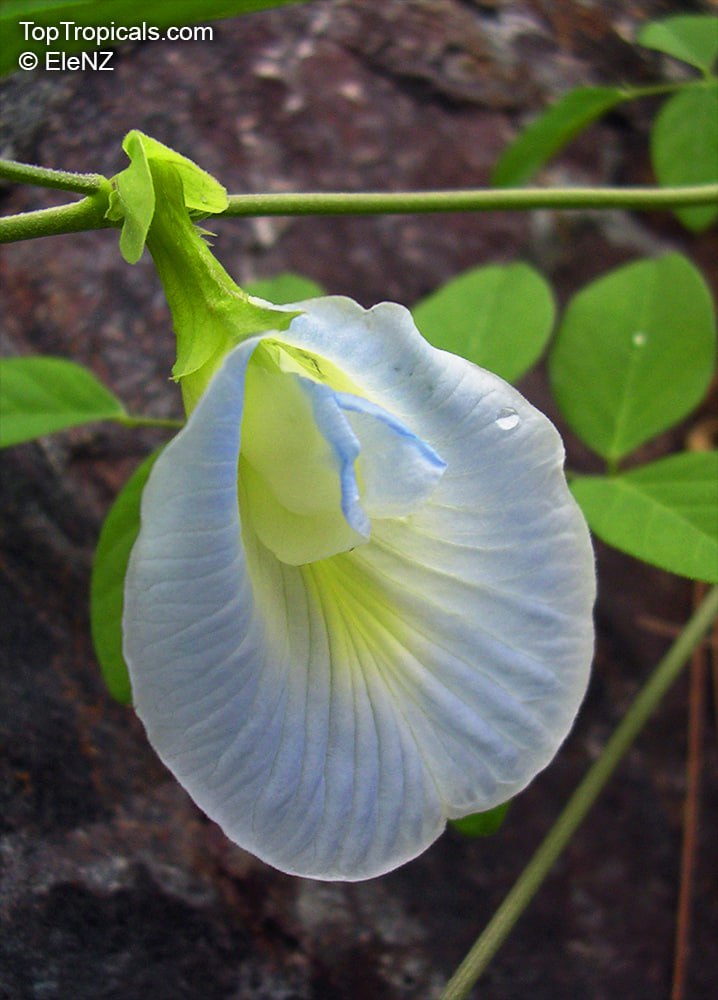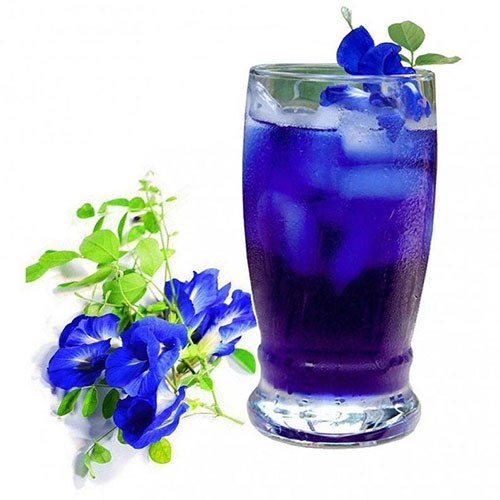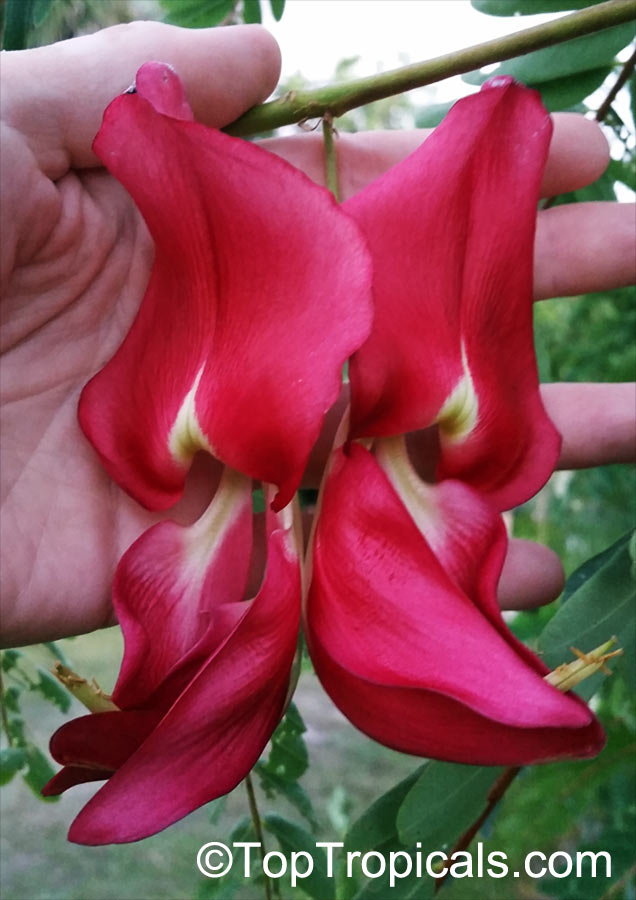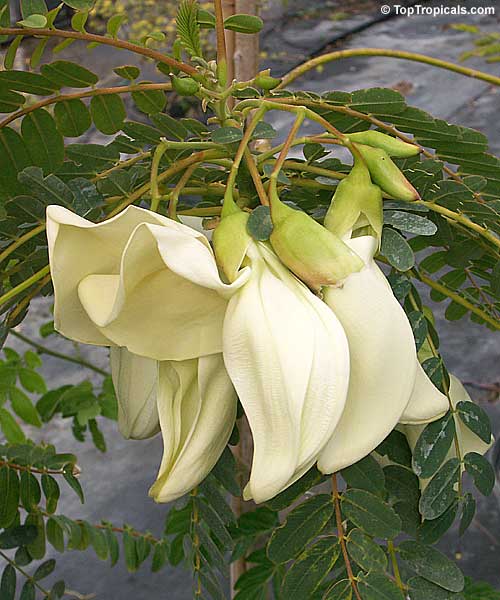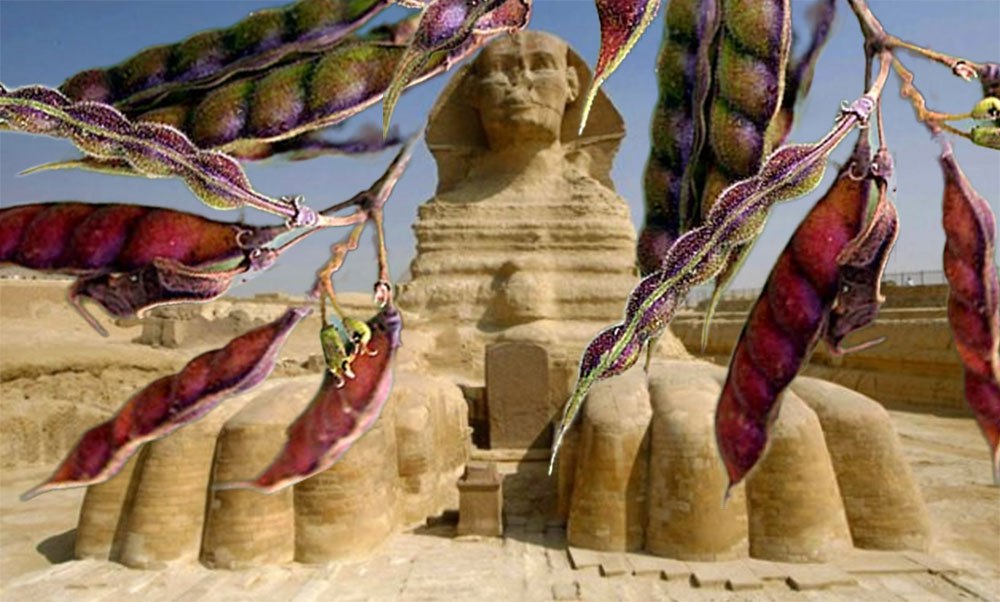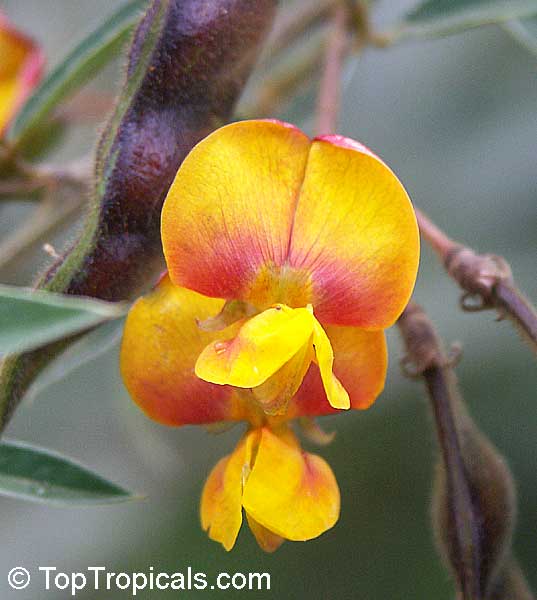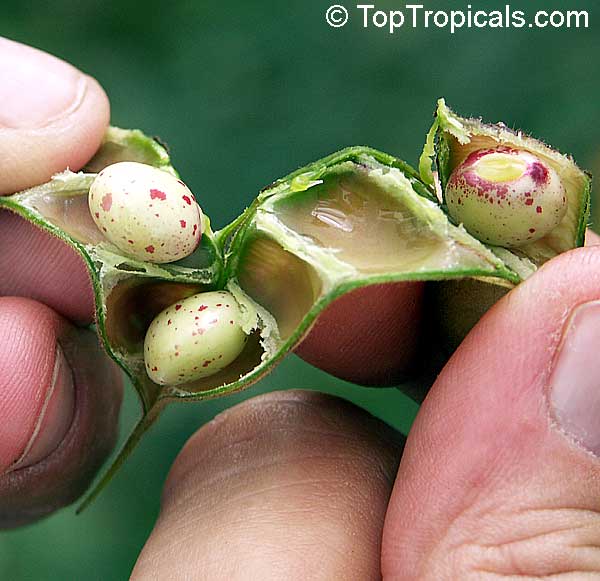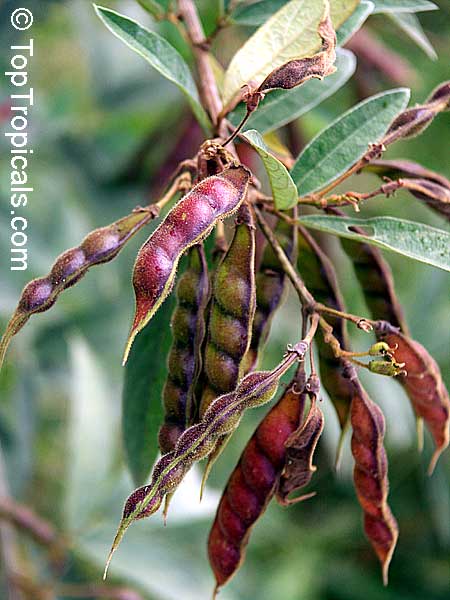Garden Blog - Top Tropicals
New Complete Guide to Avocado Varieties
How many varieties of Avocado are there in cultivation? Did you know that there are hundreds of them? You probably thought there were only 2 kinds - black and green?
You may not realize is that this basic (but practical!) classification doesn't encompass all the wonderful qualities avocados have to offer.
There are numerous hybrids in cultivation, and once you plant your first tree and taste the REAL fruit (not from the grocery store), you'll be eager to explore other varieties. It's a guarantee! While it's true that avocado fruit can vary in "butter" content, most superior varieties are equally delicious.
This Avocado Variety Guide helps to choose the right variety for you. With its interactive tool, you can sort cultivars by fruit shape and quality, cold hardiness, origin, crop season, flower type A or B, tree habit and more.
🛒 Shop Avocado Varieties
#Food_Forest #Fun_Facts #How_to
🏵 TopTropicals
How to get big shade tree in one season with an ice cream on it? Its real!
- 🍦 Ice Cream Bean Inga is the ultimate fast-growing, shade-providing fruit tree with an irresistible twist! It not only transforms your yard into a cool, inviting oasis in record time but also produces fruit that kids (and adults!) can't get enough of!
- 🍦 Picture this: pods up to a foot long, bursting with sweet, creamy pulp that tastes exactly like ice cream!
- 🍦 Craving instant shade? Perfect for those sunny spots where you need shade, the Ice Cream Bean Inga rapidly unfurls its lush, umbrella-like canopy, creating a natural, leafy retreat in just one season!
- 🍦 With its delectable treats and speedy growth, this extraordinary tree is sure to be the highlight of your garden - where shade and sweetness meet!
🛒 Get shade with ice cream benefit
#Food_Forest #Fun_Facts #Nature_Wonders #How_to
🏵 TopTropicals
Fruit of Money and Love
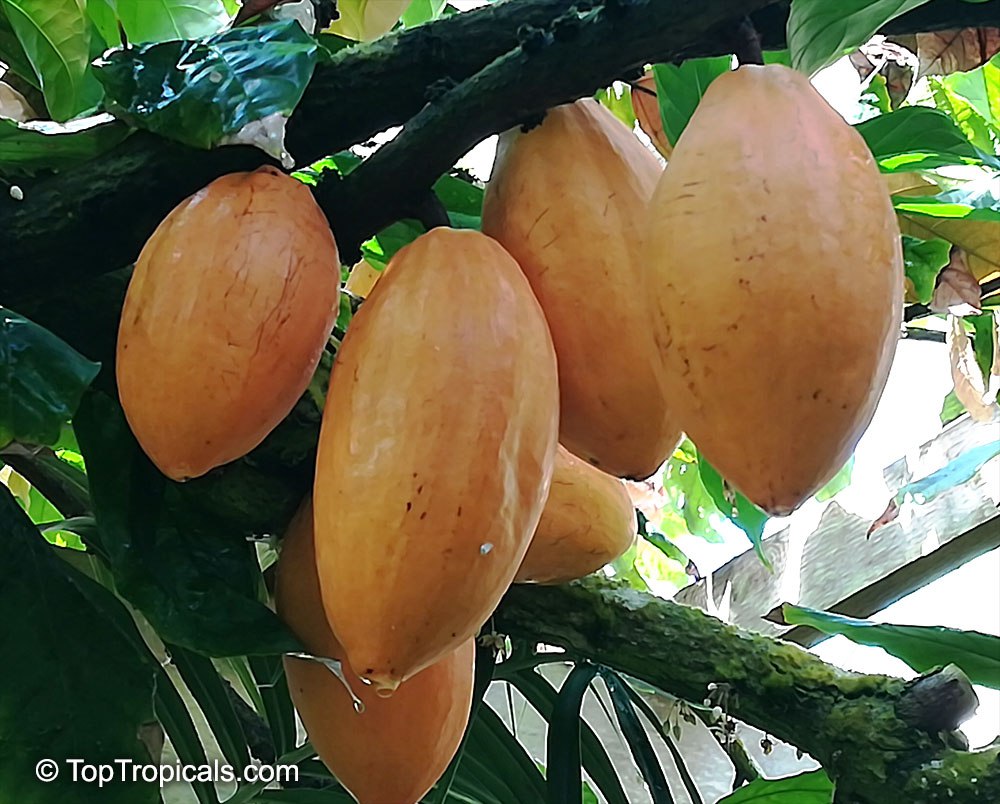
Theobroma cacao - Chocolate Tree, Cacao Tree

Theobroma cacao - Chocolate Tree, Cacao Tree
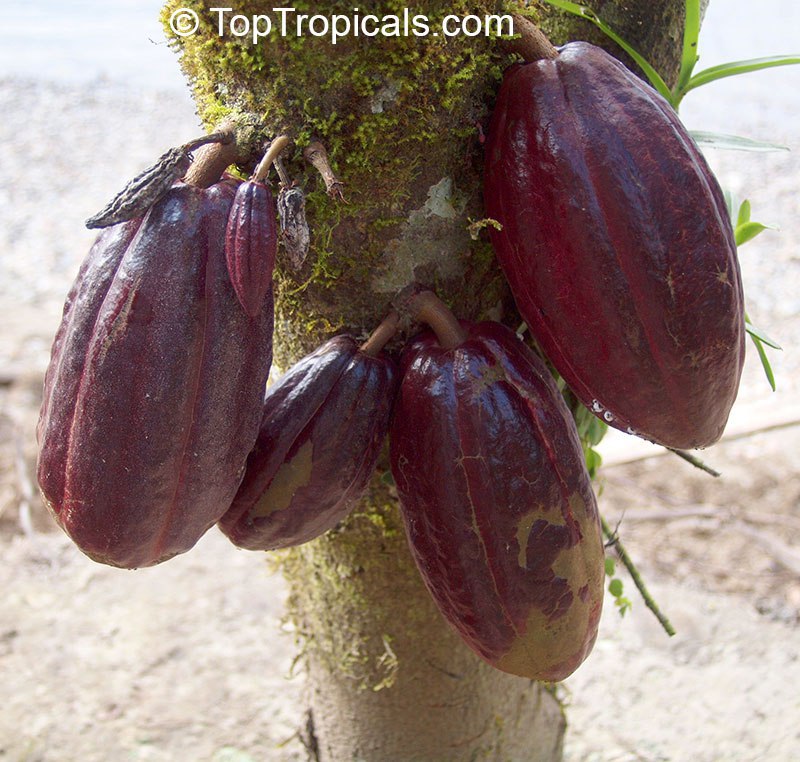
Theobroma cacao - Chocolate Tree, Cacao Tree
Theobroma cacao, commonly known as the Chocolate Tree or Cacao Tree, is very exciting plant and a superfood as we mentioned earlier.
- 💥 Theobroma means "food of the gods" in Greek. "Theo" means god, and "broma" means food.
- 💥 The Olmecs, Mayans, and Aztecs were among the first to cultivate cacao, using it to make a bitter beverage called xocoatl. It was often spiced with chili peppers and used in various rituals and ceremonies.
- 💥 Currency: in ancient Mesoamerican cultures, cacao beans were so valuable that they were used as a form of currency. For example, 100 beans could buy a slave or a turkey.
- 💥 The Aztecs believed that cacao had stimulating properties and used it as an aphrodisiac. Emperor Montezuma was said to consume a large amount of cacao before visiting his harem. We can't deny that chocolate's mood-enhancing properties, combined with cultural and psychological factors, contribute to its romantic allure! ❤️
- 💥 A cacao pod contains 20 to 50 beans, each surrounded by a sweet, mucilaginous pulp. The pods grow directly on the trunk and larger branches of the tree, a feature known as cauliflory.
- 💥 After harvesting, cacao beans are fermented for several days, a critical step that develops the flavor precursors needed for chocolate production.
- 💥 The Cacao tree thrives in the humid, tropical regions around the equator. It can be grown as an exciting house plant.
- 💥 Health benefits: cacao beans are rich in antioxidants, magnesium, iron, and other minerals. They also contain flavonoids, associated with heart health benefits.
- 💥 There are three main varieties of cacao beans: Criollo, Forastero, and Trinitario. Criollo is considered the highest quality but is less common due to its susceptibility to disease. Forastero is the most widely grown, known for its hardiness. Trinitario is a hybrid of the two.
- 💥 It takes about 400 cacao beans to make one pound of chocolate. The beans undergo roasting, grinding, and mixing with sugar and other ingredients to produce the final chocolate product.
📚Learn more: Plants of Love - Aphrodisiacs of the plant world
🛒 Grow your own Chocolate Tree
#Food_Forest #Fun_Facts
🏵 TopTropicals
Researchers discover what a perfume from Ancient Rome was made of: Patchouli!
⚠️ Get your own valuable Patchouli Plant and always have the heavenly smell with you!
🛒 Plant your own Patchouli
#Perfume_Plants #Remedies #Fun_Facts
🏵 TopTropicals
Why cannon balls grow on a tree with mollusk open mouth
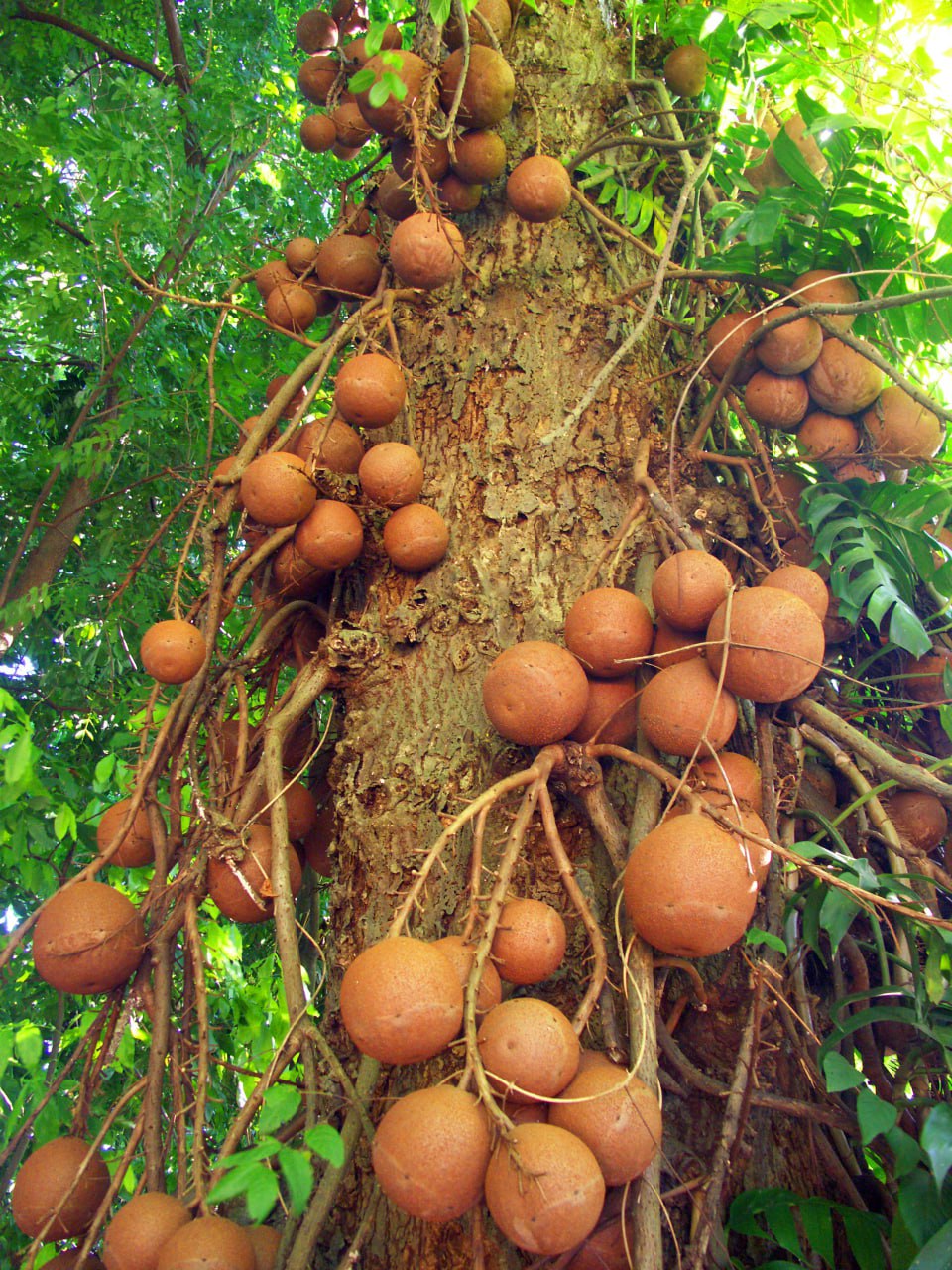
Couroupita guianensis - Cannonball Tree with fruit
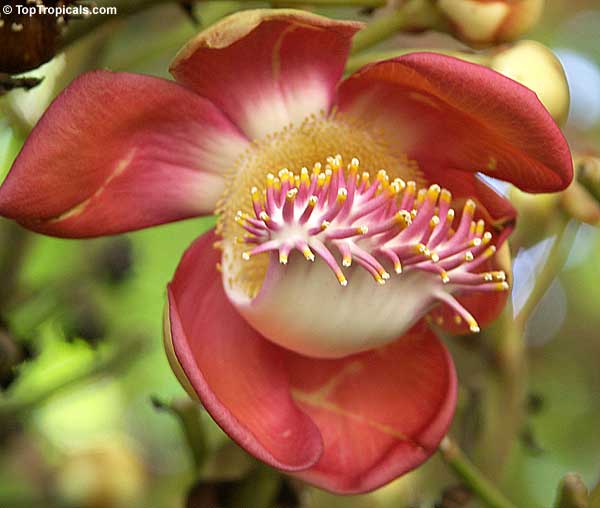
Couroupita guianensis - Cannonball Tree flower
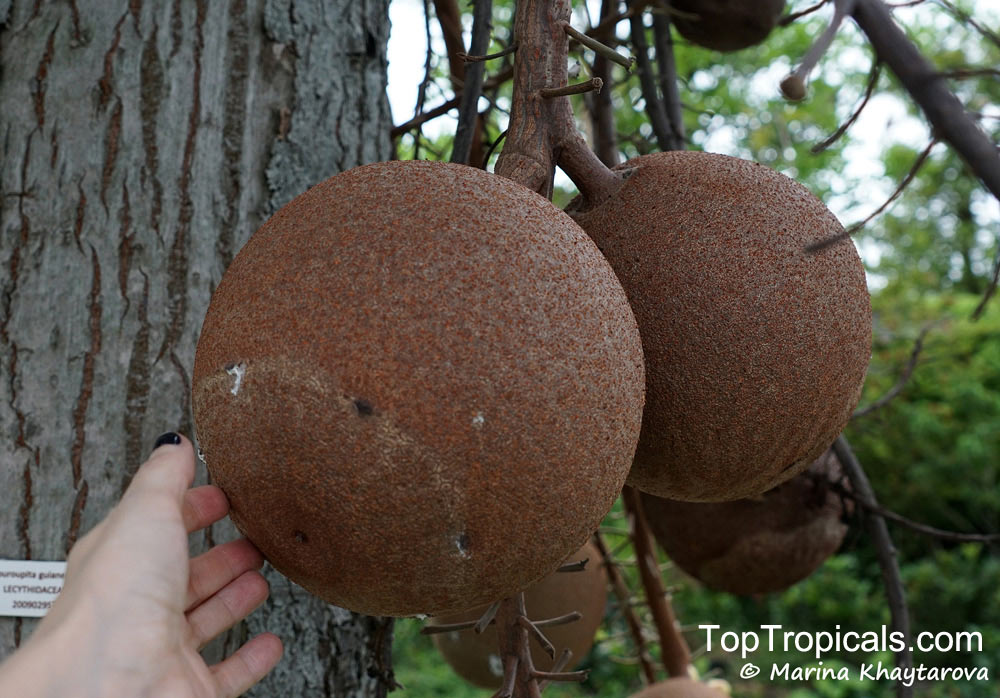
Couroupita guianensis - Cannonball Tree fruit
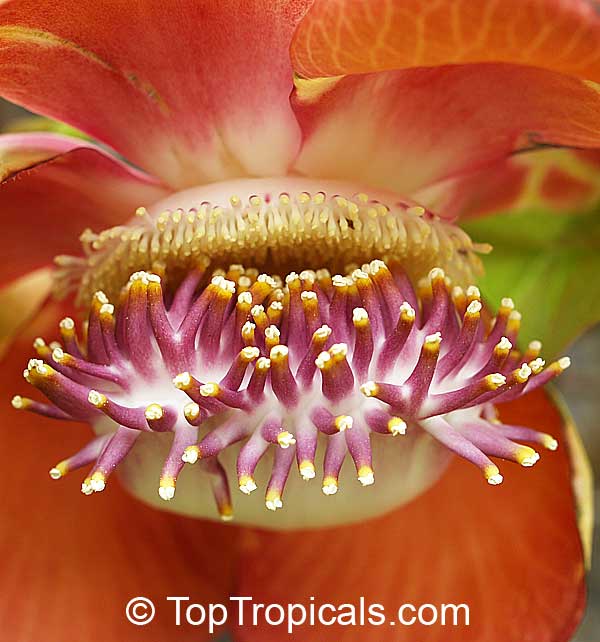
Couroupita guianensis - Cannonball Tree flower
- 🐙 Couroupita guianensis - Cannonball Tree - is a rare tree from South America with a bizarre fruit and flowers, that can be seen only in tropical botanic gardens.
- 🐙 It is a very tall tree with large, elliptical leaves
- 🐙 The pinkish-red flowers, strongly scented at night, grow directly from the trunk near the base of the crown, and not on the branches. They look like exotic mollusks! They have a complex structure with numerous stamens that resemble sea anemones or other marine life. The flower is often described as looking like an open mouth or a sea creature.
- 🐙 The tree blooms year round. Flowers are followed by large, globular fruit, up to 8 inches in diameter, resembling cannonballs, hence the name "Cannonball Tree." They remain on the tree for many months. On older trees there may be dozens of fruits and flower clusters at the same time!
- 🐙 When the ripe fruits fall from the tree, they can make a loud, cannonball-like noise upon hitting the ground due to their size and weight.
🛒 Shop rare plants
#Fun_Facts #Trees #Nature_Wonders
🏵 TopTropicals

